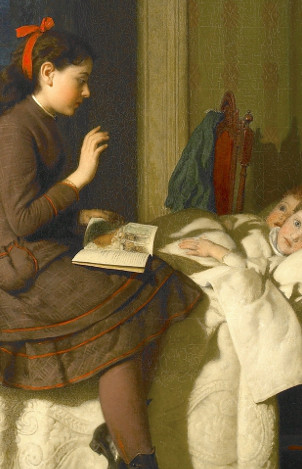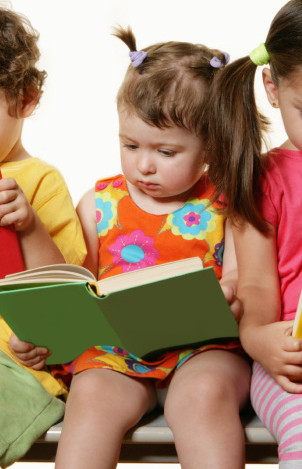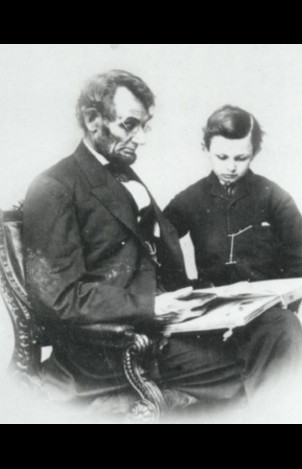Literacy Blogs
- All
- 3-cueing
- academic learning time
- academic vocabulary
- accommodations
- accountability testing
- Active View of Reading
- adolescent literacy
- afterschool programs
- alphabet
- amount of instruction
- amount of reading
- argument
- assessment
- auding
- author awareness
- automaticity
- balanced literacy
- beginning reading
- Book Buddies
- Book Flood
- challenging text
- classroom organization
- close reading
- coaching
- cohesion
- Common Core State Standards
- complex text
- comprehension strategies
- content area reading
- context analysis
- curriculum materials
- Daily 5
- decoding
- departmentalization
- DIBELS
- dictionary skills
- digital texts
- disciplinary literacy
- dyslexia
- early interventions
- effective teachers
- Emily Hanford
- executive function
- family literacy
- fingerpoint reading
- foundational skills
- graphic novels
- guided reading
- heterogeneous grouping of students
- homework
- improving reading achievement
- independent reading
- independent reading level
- informal reading inventories
- informational texts
- instructional level
- invented spelling
- jigsaw instruction
- knowledge
- leadership
- learning disabilities
- Lexiles
- linguistic comprehension
- listening comprehension
- literacy charities
- literacy policy
- literary interpretation
- main idea
- morphology
- motivation
- narrative text
- National Early Literacy Panel
- nonsense words
- oral language
- oral reading fluency
- paraphrasing
- Pause, Prompt, Praise (3P)
- personalized learning
- phonemes
- phonemic awareness
- phonics
- press and media
- principals
- prosody
- Readers' Workshop
- reading comprehension
- reading disabilities
- reading intervention
- reading levels
- reading models
- Reading Recovery
- reading research
- reading skills
- reading strategies
- reading to children
- reading wars
- reading-writing relations
- remedial reading
- rereading
- Response to Intervention
- Scarborough's Rope
- science of reading
- seatwork
- semantics
- sentence comprehension
- sequence of instruction
- set for consistency
- set for variability
- shared reading
- shared reading
- sight vocabulary
- simple view of reading
- Simple View of Reading
- small group instruction
- social studies
- sound walls
- Special Education
- speech-to-print phonics
- spelling
- stamina
- summarizing
- Sustained Silent Reading
- syllabication
- syntax
- syntax
- testing
- text complexity
- text interpretation
- text reading fluency
- text structure
- theme
- think-pair-share
- trauma
- visualization
- vocabulary
- word walls
- writing
- zone of proximal development (ZPD)
Disciplinary Literacy: What about music and other subjects?
I’m a music education professor and music literacy is an area of research for me. I am intrigued by your work on disciplinary literacy and my colleague and I are interested in determining how disciplinary literacy could be applied to music. I’ve searched, but have found no research in this regard. Do you know of any? Also, I would love to hear your opinions regarding directions we could take as we look into this subject further. As of now, we see a need to look at music notation literacy as well as the literacy associated with writing about music. Further, ...
Does a Listening Deficit Predict a Reading Deficit?
Blast from the Past: This entry was first published on November 30, 2014, and was re-issued September 4, 2020. This blog entry has new relevance with so many teachers and students engaged in distance teaching/learning. Some schools are doing the right thing--making sure that schoolbooks are in the home so that students can engage in reading within their Zoom-based lessons. Others have prohibited sending books home. This has encouraged many teachers to replace reading comprehension with listening comprehension under the pretense that these are really the same thing. But learning to decode while thinking about the ideas in a text ...
What is the Proper Sequence to Teach Reading Skills?
Blast from the Past: This blog was first posted on November 25, 2014; and reposted on January 25, 2018. Last week, several teachers asked me about the appropriate instructional sequence for phonics or which commercial product had the best phonics sequence. This seems like a timely reposting. Years ago, when the National Reading Panel (NRP) report came out, Congress tried to impose a national literacy sequence on American schools. Their plan only allowed phonemic awareness instruction until kids could fully segment words. Then the law would let us teach phonics… but no fluency until the word sounding was completed. Eventually, we’d ...
Prior Knowledge Part II
Last week, I focused on a controversy over prior knowledge. Common core has discouraged enhancing reading comprehension through the introduction of information external to a text. That challenges the most popular ways of introducing texts in schools—such telling students information about the text topic or exploring student knowledge relevant to the topic. CCSS proponents bridle at such practices. They want students to become independent readers, which means they’d be able to read texts effectively without extra information—information not provided by the author. They also blanch at the idea of students constructing text meanings ...
Prior Knowledge: Can We Really Level the Playing Field?
Spoiler alert: This blog entry is a two-parter. The first part (today’s entry) describes a problem to which the second entry will offer some nifty practical solutions (nope, no practical solutions today). An idea heavily promoted in Common Core (CCSS) discussions is the notion that we shouldn’t talk about students’ “prior knowledge,” and that avoiding such discussions somehow “levels the playing field” when it comes to learning to read. Researchers in the cognitive sciences rediscovered the importance of people’s knowledge in learning and comprehension back in the 1970s (revisiting ideas previously explored by Bartlett, Kant, Plato, etc.). Research ...
Unbalanced Comments on Balanced Literacy
Blast from the Past: This blog first posted October 31, 2014; and was reposted on May 9, 2018. Over past week or, I've been hearing a lot of grumbling about and a lot of promotion of balanced literacy. Here's a reminder of my thinking on the matter. I hope it is a good reminder of why it is important to place kids' needs above teacher desire. Want to win an argument about literacy? Just claim your approach is “balanced.” Balanced is an affirmative term… That’s why Fox-News claims to be “fair and balanced.” It not only makes your position sound reasonable, but implies your opponents may ...
Do You Want Your Husband to Remember Your Birthday or Anniversary?
Originally posted October 26, 2014 Reposted October 26, 2014 Let’s be honest. Any woman (or man, for that matter) wants their significant other to be involved enough that they remember both of these dates. Remember my birthday, but forget the day that we linked ourselves together for eternity, and you’re in obvious trouble. Recall the date we connected, but not my special day (all by myself) and I wonder if you think of me only in connection to you. Problem! Your spouse wants to know that he/she is important to you and not having a premature Alzheimer’s attack ...
Would You Rather Have $50,000 or $25,000? Explaining the Impact of Full-Day Kindergarten
Lots of interest, all of a sudden, in full-day kindergarten… I’ve had several questions about that scheme during the past few days. I’m not sure why, but it is well worth discussing yet again. What I’ve been asked has varied, but it always seems to come back to, “Is full-day kindergarten better than half-day kindergarten?” I get why that is being asked, and I’m too polite to sneer openly, but what a silly question. Should we set your salary at $50,000 or $25,000? Could I pour you a half-glass of wine (or, if the waiter were optimistic, a half-full glass)? Would you ...
A George By Any Other Name: Guided Reading and the Common Core
Blast from the Past: This first posted on October 11, 2014; and reposted on June 6, 2018. Surprisingly, the term “guided reading” continues to confuse. When I talk about complex text the issue arises. These days there is another widely held conception of guided reading not discussed here, that it is the method that encourages kids to guess at words based on context. I’ll write about that soon, but for now, it would help if teachers recognized the contradiction between current guided reading encourages conceptions and what state educational standards require of teachers. Oh, and poor George Clooney continues to decline. Once when visiting the Big Easy, a young woman ...
Snappy Responses or Challenging Text Debate
Last week, Valerie Strauss devoted her Washington Post space to an article challenging idea of teaching with challenging text, including my articles. The posting got lots of response showing fundamental misunderstandings of the issues on this. I am reprinting some of those responses along with my rejoinders to those. I will continue this over the next couple of entries since I think it will help teachers and parents to understand what this issue is about. Basically, many reading experts have claimed that it is necessary or optimum to teach students using texts that are at the students’ so-called “instructional levels.” A text would be ...




-Mother-and-Child-Reading.jpg)




